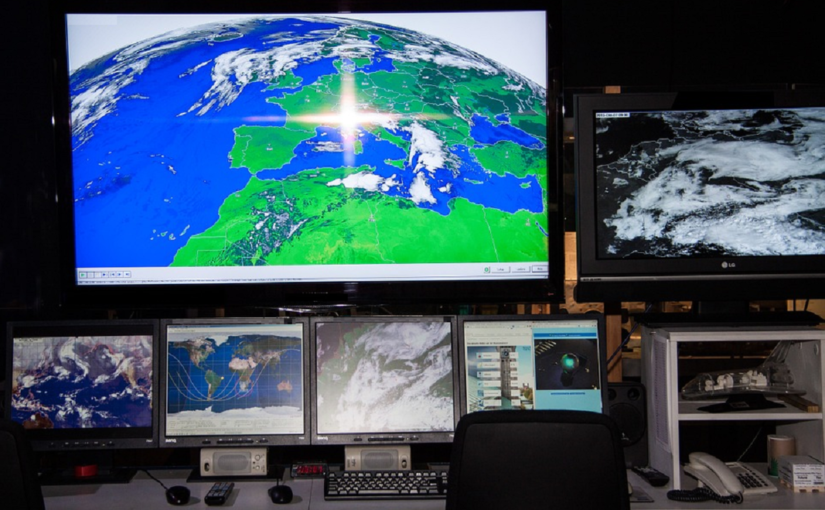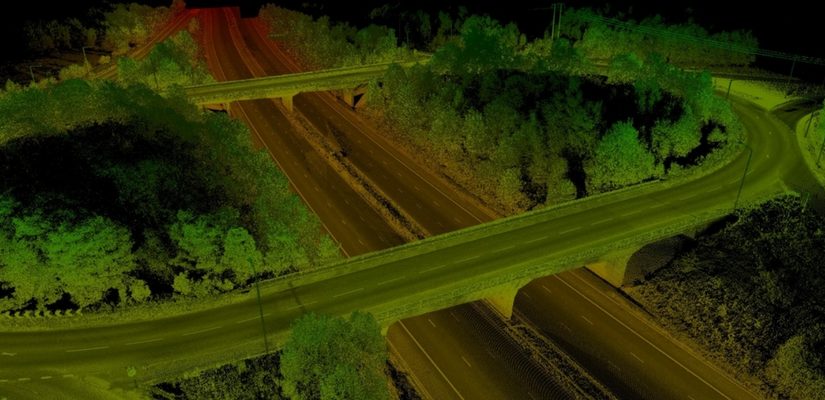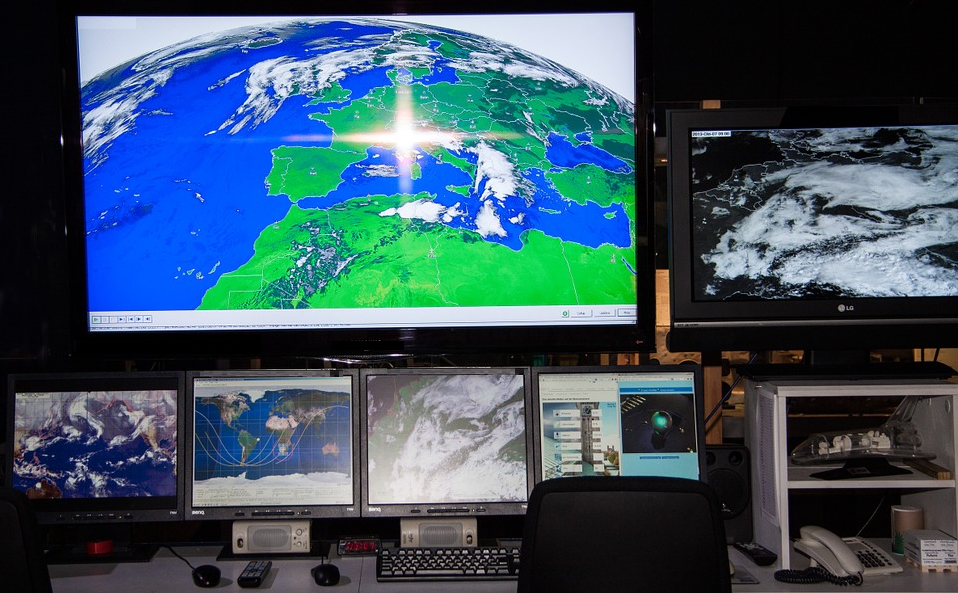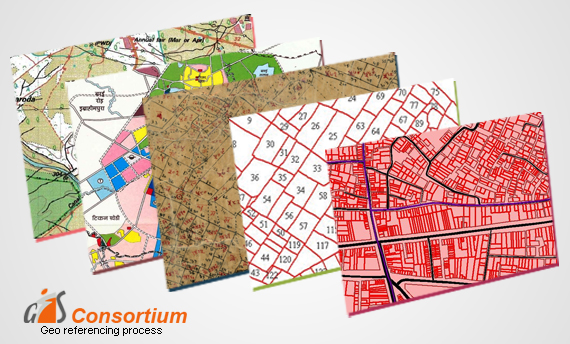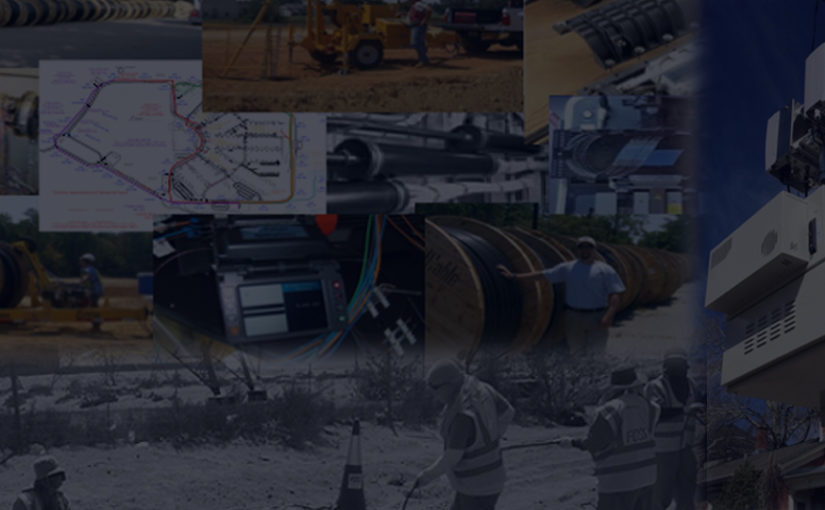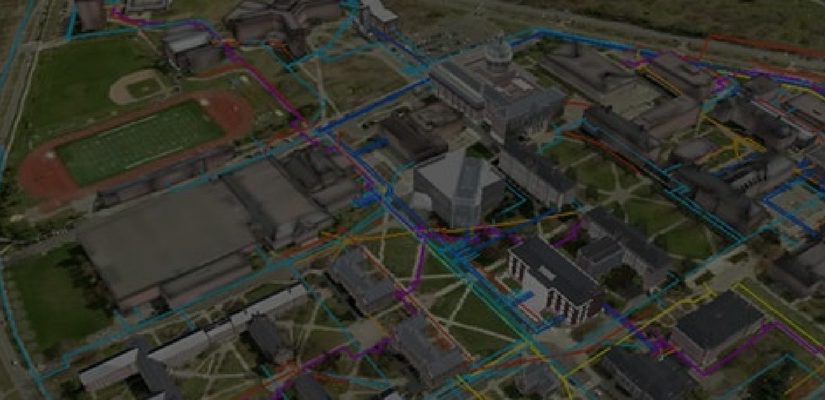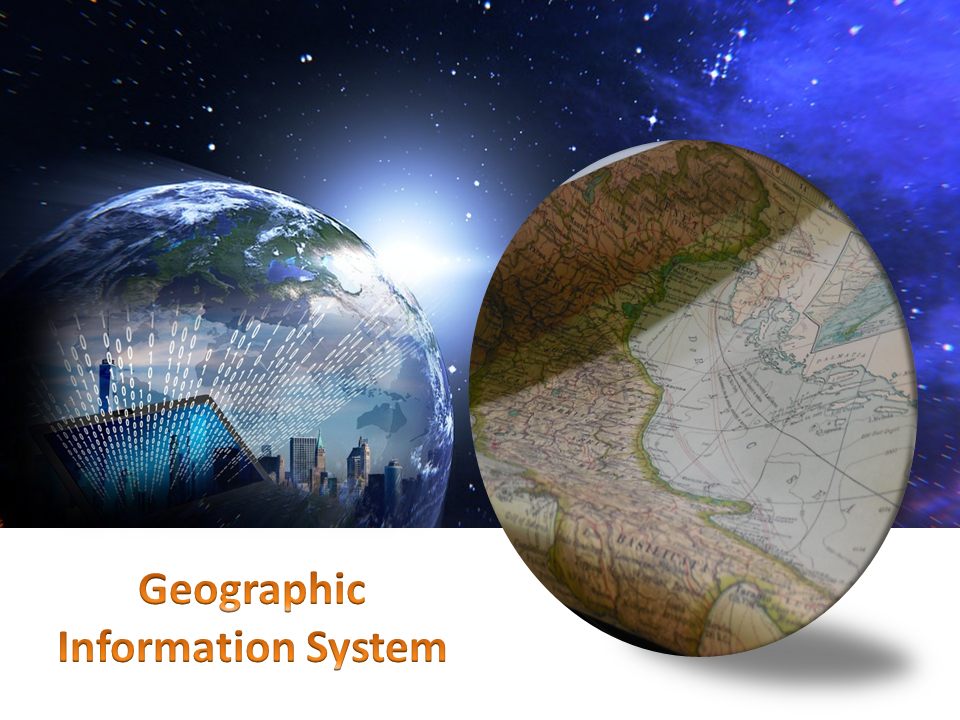Today, in the digital world, hard copies need to be converted to digital form before being used for any service. This is because digital maps are easy to maintain. They take up less space and can be preserved for a longer time. Therefore, GIS Document Management System plays a vital role.
Many small and medium business think that the digital solution for document management is for large corporations but small businesses too have begun to implement software document management in their business operation. Since the cost is relatively lesser.
Adopting a system of documentation through GIS-based survey and mapping with spatial details will end false transactions. The UPOR launched as a pilot project in Mysuru in 2010 is expected to be a solution to end fraudulent land transactions.
The digital document management will help maximize the processes related to recovery. Also, management of large files. This means you can search for documents based on certain words or phrases and get the desired results in seconds, while the record of this type might have taken hours before.
Thus, instant retrieval of documents is possible because as you scan and convert, you can apply OCR and documents can be searched based on text content.
For such services, you may get in touch with us. We are a well – known GIS document management company providing services including management, alignment, scanning large maps and indexing of digital data. We also take care of each aspect to preserve the originality of the document.
